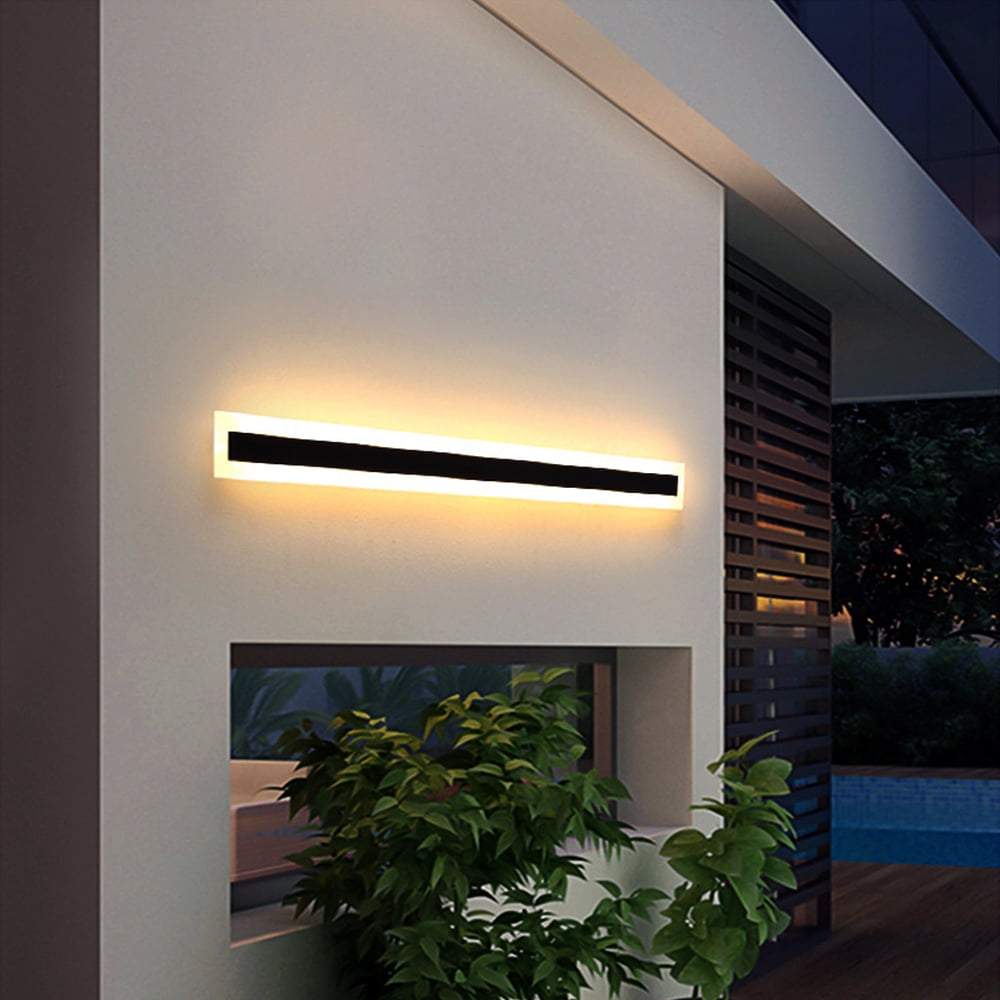Enhancing Aesthetic Impact Via Tactical Material Scheduling in LED Display Execution
Wiki Article
Maximizing aesthetic impact during light-emitting diode screen shows requires careful planning and strategic content scheduling. LED walls are potent instruments in graphic narration, frequently used in concerts, events, and presentations. The effectiveness of these displays relies not only just upon the caliber of the images yet also on how and timing they are presented. By understanding the viewers' focus span and the flow of the event, organizers can create a more engaging experience that captivates viewers and enhances the total show.
One crucial element of tactical visual timing is scheduling. It is vital to synchronize the images to the beat and tempo of the performance. For instance, during a musical performance, visuals should complement the rhythm and atmosphere of the melody. This synchronization helps to create a cohesive experience that draws the audience in. Additionally, it is important to consider the length of each image clip. Brief, impactful clips can maintain audience interest, while longer visuals may be suitable for moments of reflection or emotional bonding. By altering the duration and intensity of the visuals, event planners can maintain the viewers interested during the show.

Another crucial factor is the content itself. The images shown on the light-emitting diode wall should be relevant to the theme of the performance. This pertinence aids to strengthen the narrative being conveyed plus renders the experience more memorable for the viewers. For example, if the performance is about environmental consciousness, using images that illustrate the environment and animals can enhance the message. Furthermore, incorporating dynamic elements, such as animations or engaging visuals, can introduce thrill and maintain the audience's focus. The appropriate material, shown at the appropriate moment, can significantly elevate the impact of the performance.
Audience engagement is also a crucial factor in content scheduling. Understanding the demographics and tastes of the viewers can guide the choice of visuals. For example, a younger audience may respond better to vibrant hues and quick motion graphics, while an mature crowd might value more subtle and refined images. By customizing the material to the viewers' preferences, event planners can create a more personalized encounter that connects with spectators. Additionally, adding audience involvement, such as real-time polls or social engagements, can further enhance engagement and make the show more interactive.
Finally, assessing the effectiveness of the visual scheduling is essential for future shows. Gathering responses Discover More Here from the viewers can provide valuable information into what worked well plus what could be improved. This data can help organizers refine their strategies and take informed choices for future performances. By constantly evaluating and modifying the visual timing strategy, event planners can maximize the visual impact of LED wall performances and create unforgettable experiences for their viewers.